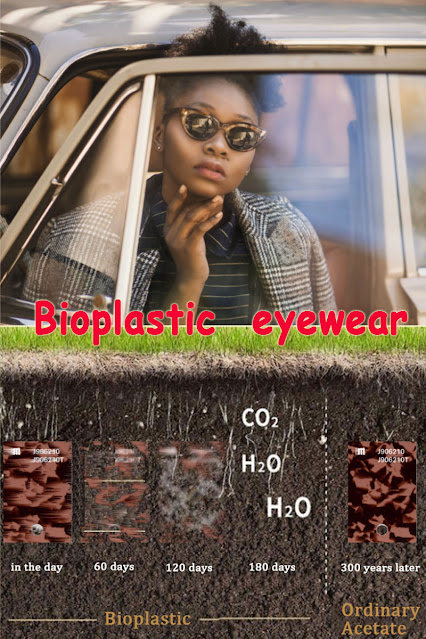Why do we need bioplastics?
In addition to making common metal eyewear, acetate eyewear, titanium eyewear, aluminum eyewear and combination eyewear, some of our old customers also take the initiative to inquire about the production situation of recyclable or bioplastic eyewear.
Why do we need bioplastics?
White pollution arises at the historic moment. From a global perspective, it is self-evident that the white pollution caused by plastic waste does harm to the earth. Wherever there is human activity, there will be traces of white pollution. Only 1.2% of the world's 65 years of plastic production is recycled, with most of the rest buried under human feet, awaiting 600 years of degradation.
Therefore, in recent years, human beings have gradually developed biodegradable materials and found that biodegradable materials are a good substitute for traditional plastic products and a high-quality solution to white pollution.
It is widely used in packaging, textile industry, agricultural mulch film and biomedical polymer, tableware, glasses and other industries. Currently, in the production of glasses, in addition to the popular acetate eyewear, customers also follow the steps of the world's environmental protection and take the initiative to develop bioplastic eyewear
Unlike traditional plastics and biodegradable plastics, bioplastics generally do not produce a net increase in carbon dioxide gas when they break down (because the plants that were used to make them absorbed the same amount of carbon dioxide to begin with). PLA, for example, produces almost 70 percent less greenhouse gases when it degrades in landfills.
Another good thing about bioplastics is that they're compostable: they decay into natural materials that blend harmlessly with soil. Some bioplastics can break down in a matter of weeks. The cornstarch molecules they contain slowly absorb water and swell up, causing them to break apart into small fragments that bacteria can digest more readily.



Comments
Post a Comment